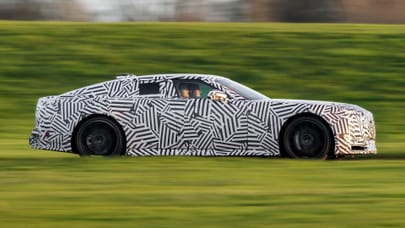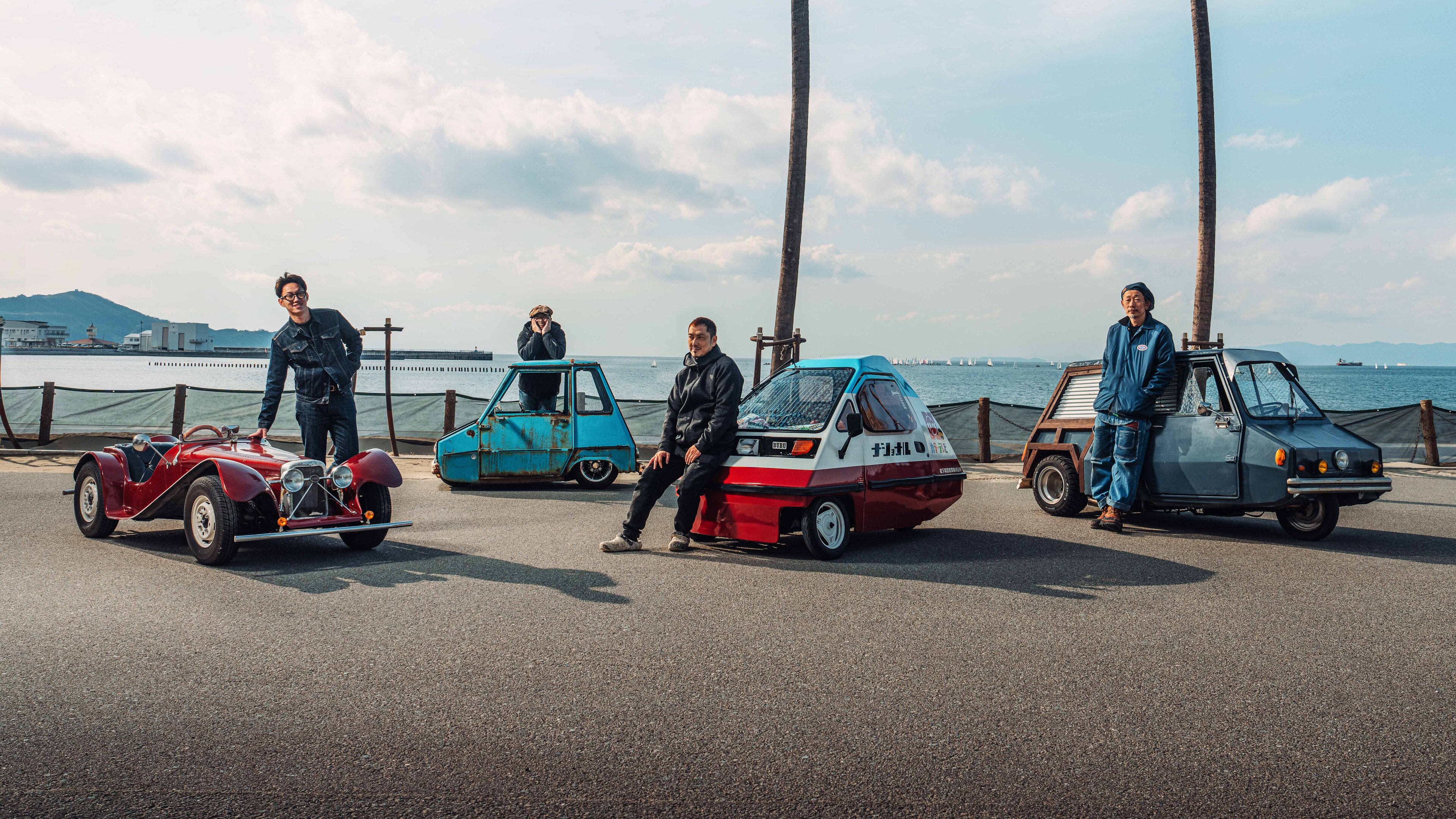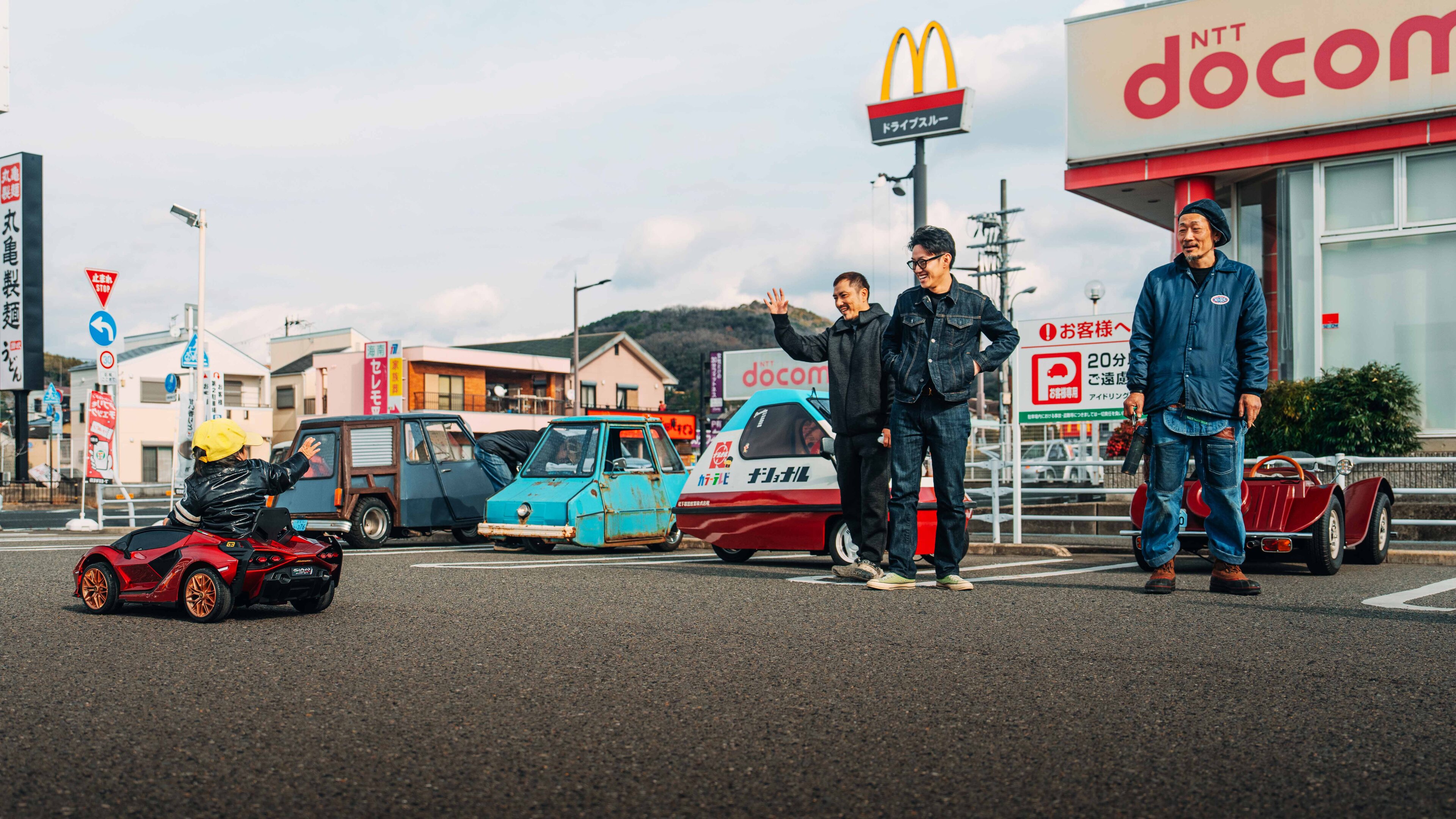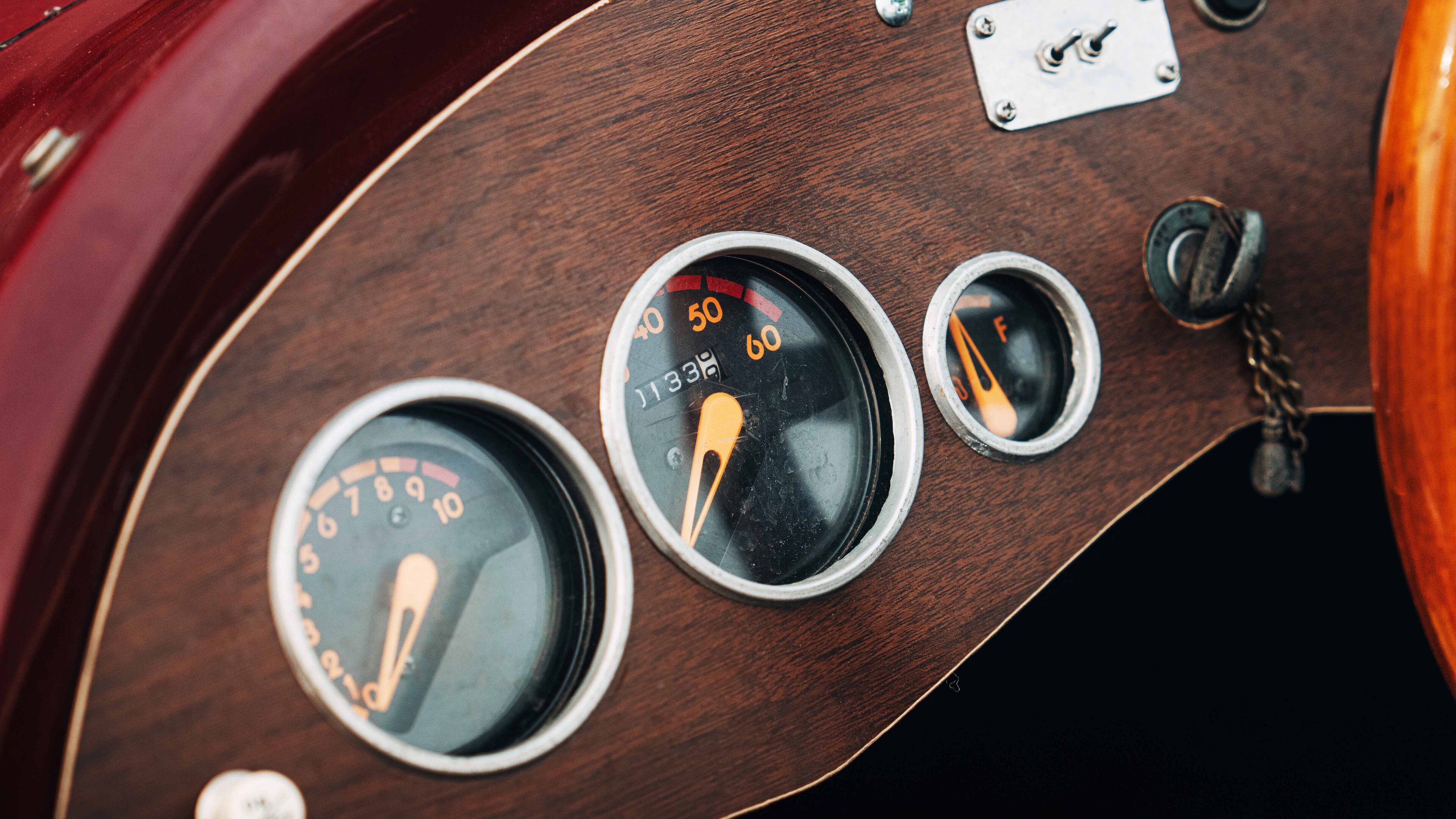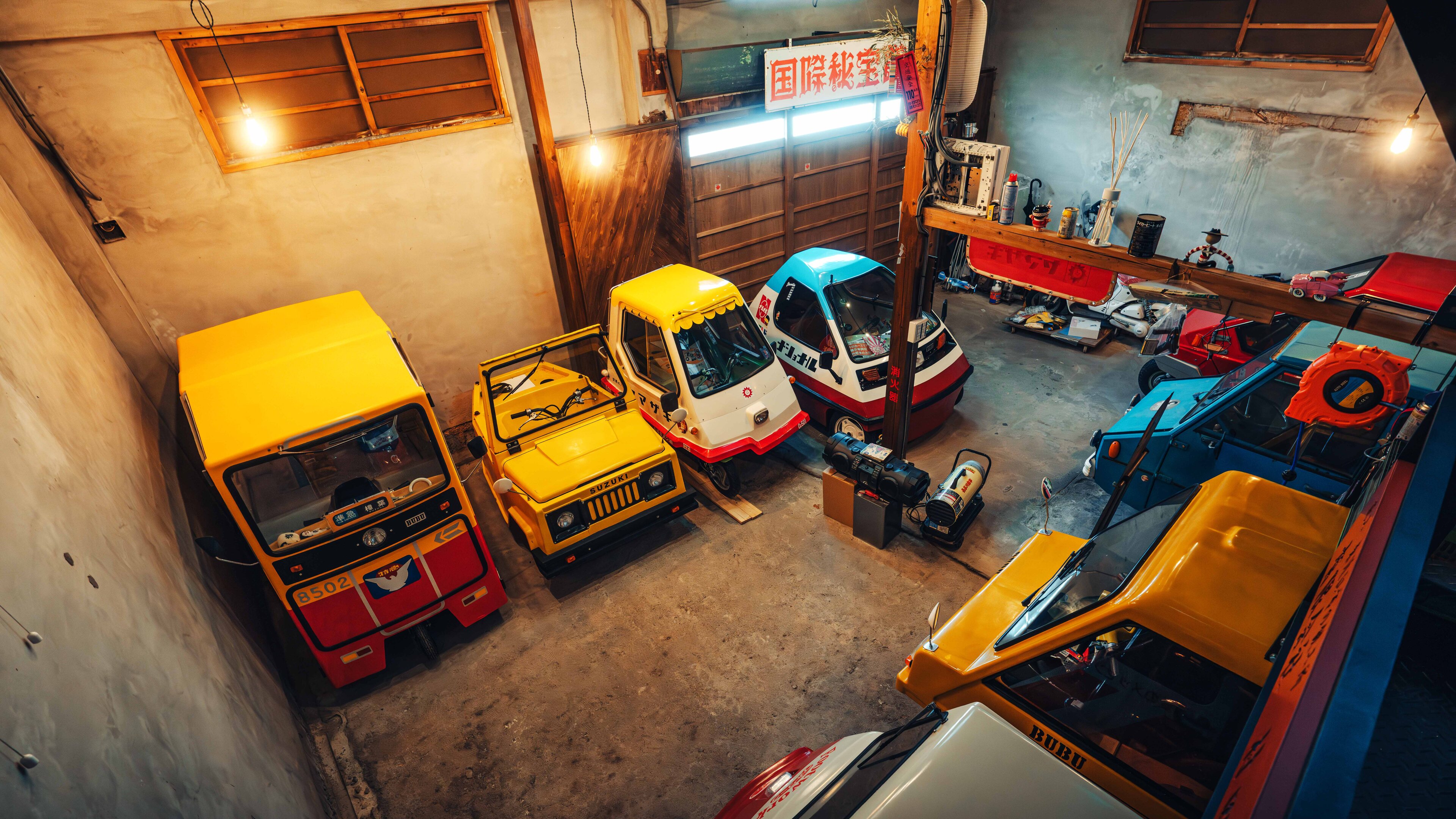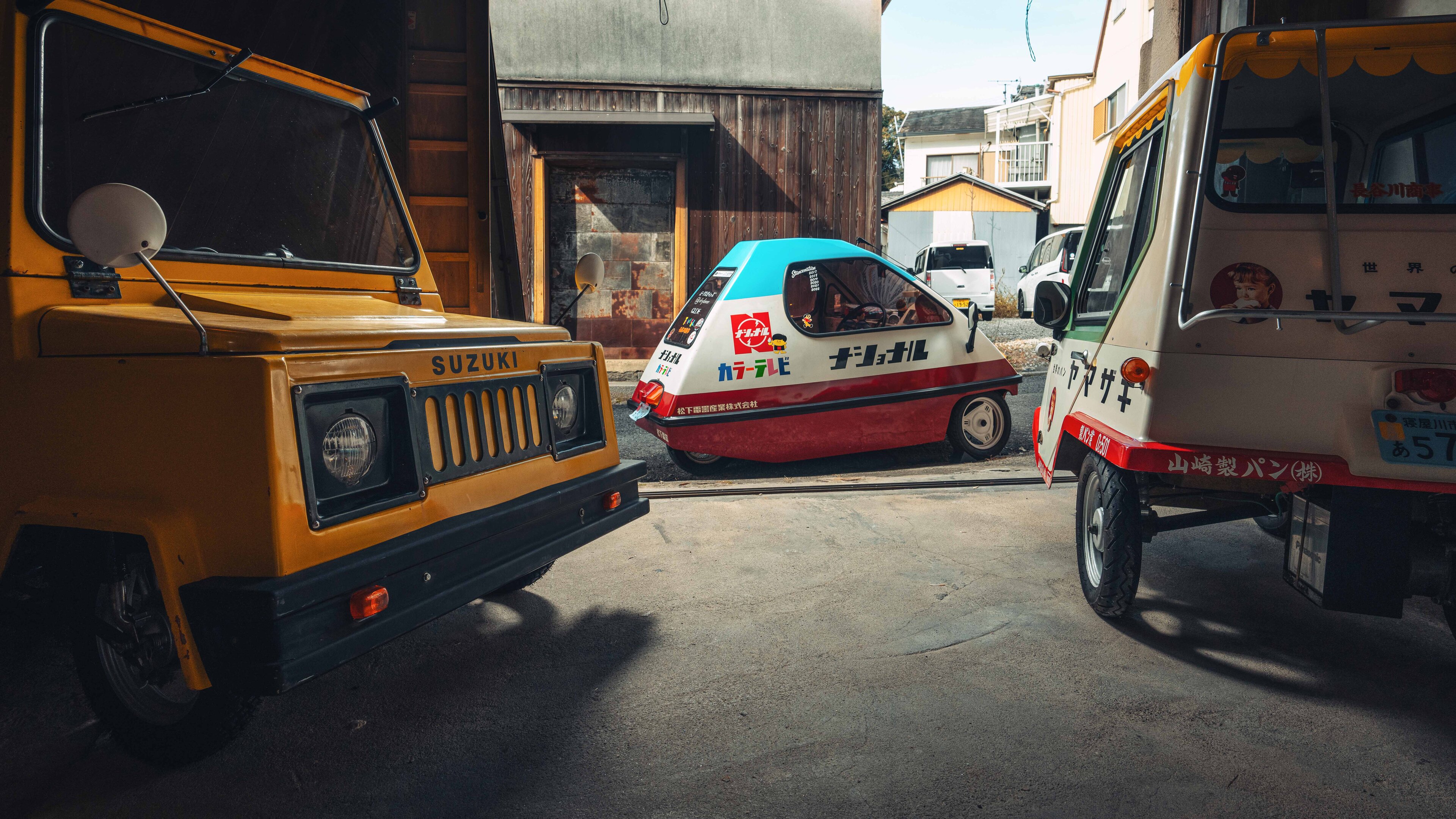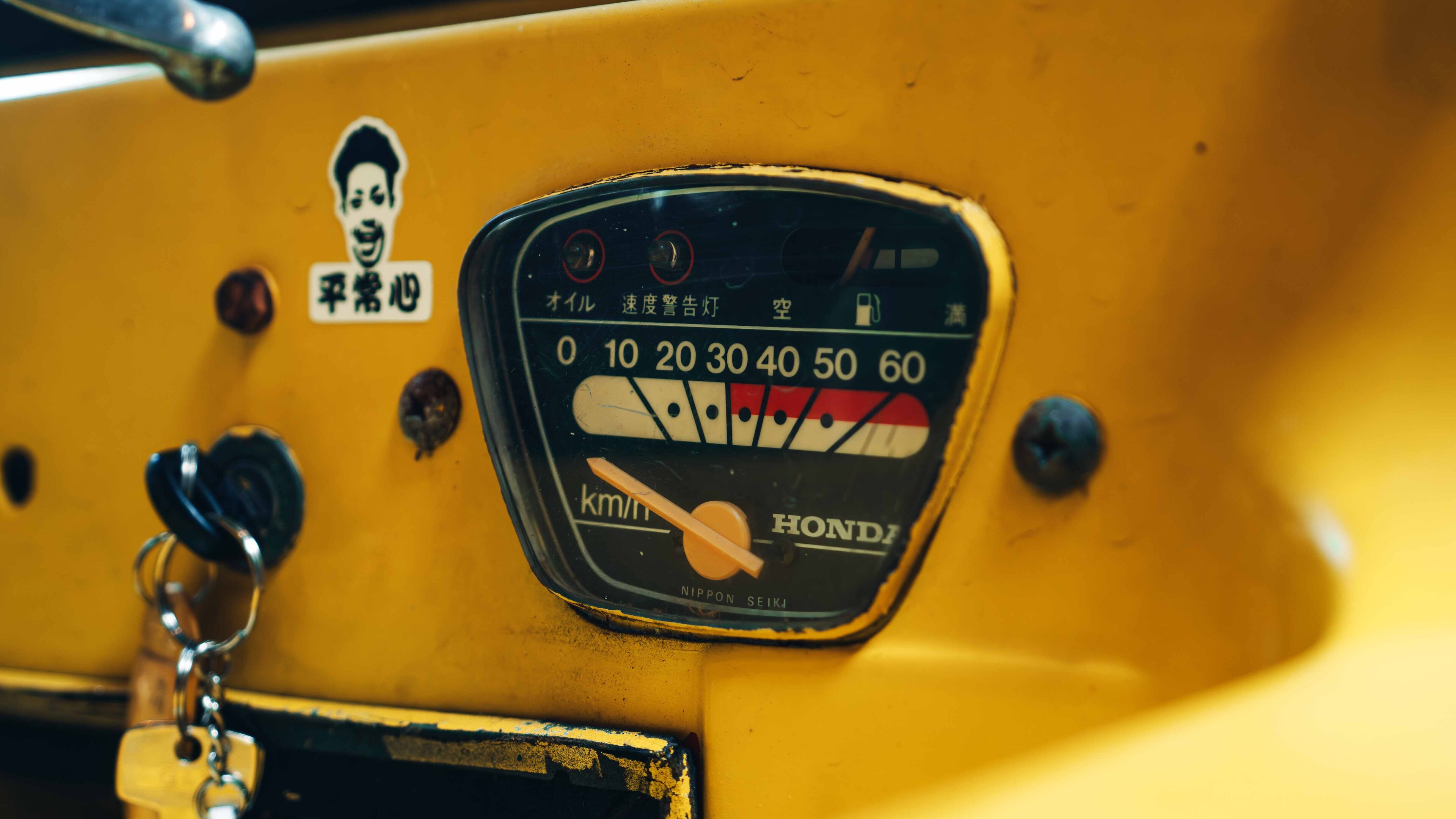
Micro machines: exploring a tiny museum dedicated to Japan's rarest, smallest cars
Micro cars are a common sight on Japanese roads, and one man is on a mission to ensure the origins aren't forgotten
Japan’s vast road network boasts 750,000 miles of tarmac across its sprawling landscape. That might sound a lot, but it also needs to manage some 82 million vehicles – in some of the world’s most densely populated cities – on a daily basis. As a country, it should be at a perpetual standstill. Yet ever since the 1950s the Japanese have held a tiny little ace up their sleeves.
Kei-jidõsha, or kei car as it’s more commonly known, refers to the smallest category of motor vehicle permitted to drive on Japanese roads and highways. For decades this class has produced some of the most unusually shaped vehicles of anywhere in the world, powered by bike-sized engines with tyres that wouldn’t look out of place on a wheelbarrow. In an automotive landscape more bloated and overweight than ever, the Japanese kei car appears to be the cheat code required to beat the system.
This phenomenon first entered service back in 1949 after World War Two. Japan needed to mobilise its country again, but limited resources and a weakened economy meant traditional customer vehicles were out of reach for most. Enter the new ‘light vehicle’ class, initially limited to a 150cc four stroke engine (or 100cc two stroke) followed by a larger 360cc limit in the mid 1950s. It’d take until 1958 for the first mainstream kei car to really take off – Subaru’s 360 – which boasted seating for four while measuring under three metres long.
Photography: Mark Riccioni
By the 1990s engine capacity was raised to 660cc, and with manufacturers embarking on forced induction to boost power and efficiency it soon yielded some of the most iconic kei cars to date including the Suzuki Cappuccino, Autozam AZ-1 and Honda Beat. There wasn’t an official limit on power, but a gentlemen’s agreement capped it at 63bhp. Dimensions, however, have remained the same since 1998 – no longer than 3.4m, no wider than 1.48m and less than 2.0m high.
Kei cars don’t have to adhere to the same safety standards as non-kei cars, which is also the reason why you rarely seem them sold officially outside of Japan. Not that they’re inherently dangerous, but you’d assume the Euro NCAP team wouldn’t look too favourably at your own shins forming part of a front end crumple test.
Such is their popularity, kei cars account for more than a third of all vehicle sales in Japan. But rewind back to those formulative years before their popularity boomed, and there was another vehicle trend emerging that made even the smallest kei cars feel like a Hummer in comparison. A class that didn’t even require a driving licence to use, because the 1970s would mark the launch of the even wackier world of Japanese micro cars. What’s more, the driving force behind them was a manufacturer you’ll already be familiar with when it comes to building obscure, alien-like vehicles. Take a bow, Mitsuoka Motor.
Before Mitsuoka spent its days transforming K11 Micras into AI-generated Jaguar Mark IIs, its business centred around importing and servicing European cars for customers across Japan. Founder Susumu Mitsuoka always dreamed of creating his own vehicles, but it wasn’t until the late 1970s that he got the opportunity to do so. When a customer brought their Italian micro car in for repairs – a Casalini Sulky – Mitsuoka-san was left frustrated that he couldn’t find the parts required to fix it. Rather than give up, Mitsuoka-san adopted the optimistic Top Gear attitude, declaring ‘How hard can it be?’. Several years later in 1982, Mitsuoka’s first complete car was born – the BUBU Shuttle-50.
Top Gear
Newsletter
Thank you for subscribing to our newsletter. Look out for your regular round-up of news, reviews and offers in your inbox.
Get all the latest news, reviews and exclusives, direct to your inbox.
To call it a car by modern standards might be pushing it, though it does have doors, wing mirrors and a windscreen. Its engine measured just 50cc driving a single wheel at the rear, with two further wheels up front doing the steering. But this wasn’t Mitsuoka being weird for the sake of it – its goal was to mobilise all Japanese people and thanks to its 50cc engine with steering, throttle and braking controlled by handle bars, the BUBU-Shuttle 50 only needed a moped licence to be legally driven on the road. What’s more, its rear opening door – complete with fold out ramps – allowed it to be used by those with disabilities thanks to the hand controls. It could even fit through a doorway, meaning you didn’t need the luxury of a garage or off-street parking to store it.
The BUBU Shuttle-50 was quickly joined by the BUBU 501 in the same year, a smaller, sleeker model which still only featured a 50cc engine and three wheels, albeit with the addition of a steering wheel. Three years later, the BUBU 505-C joined the range, mimicking a quarter scale Morgan Roadster. And while Mitsuoka then shifted into full size vehicles from the late 1980s onwards, its micro car vision remained part of its model range all the way up to 2007.
Every vehicle – despite looking obscure even by Mitsuoka standards – served a very important role that even kei cars couldn’t fulfil. Not only were they even more convenient for navigating Japan’s (often) tiny roads, but a moped licence was considerably cheaper to obtain than the equivalent car one. While sales were never really booming, the micro car market went from strength to strength right until the late 1980s, when a regulation change would all but seal their fate. Aside from safety now being quite important, micro cars would also now require a full driving licence to operate – dramatically slashing their appeal. However, decades on there’s one man in Japan who has made it his life’s mission to carry on the legacy of this bizarre era of Japanese motoring, Wakayama-based Kaoru Hasegawa.
They're unlike anything else you’ll see on the roads, and their intrigue is one that captivates just about every age and generation
“I got my first micro car nearly 30 years ago,” Hasegawa-san proudly states. “I have always enjoyed small vehicles, and I was actually given my first micro car. It had been abandoned in the corner of a car shop out in the countryside, so I spent time restoring it and started driving it around. It was so much fun, and the reaction from other people was amazing. I knew I wanted another micro car, so shortly after I started looking around and researching the history of them.”
Despite thousands being sold across Japan, tracking down a good, working model is becoming as difficult as unearthing rare supercars – mainly because most people bought micro cars for quick and easy transport rather than something to cherish and collect. For Hasegawa-san, he knows this is half the appeal too. Many of us are familiar with the BMW Isetta and Peel P50 – both of which were sold throughout Europe in much larger numbers – but what makes the Japanese models even more desirable is how much smaller and rarer they were in comparison. Hasegawa-san’s collection now features more than 10 models, and despite being 30 years into his obsession he’s still on a lookout for more.
“When they were new, micro cars could be driven with a moped licence, so they sold very well,” he adds. “Especially among housewives, as they had been designed to allow people to move quickly with luggage or shopping in all weather conditions. They were much cheaper than a car and could be stored in a normal house easily. But when the new law was passed meaning that owners needed a driving licence to run them, the sales stopped and dealers turned their attention towards kei cars instead.”
Hasegawa-san is more than just a collector of these oddities. For years he’s shared his love for them across social media, and it wasn’t long before he was being inundated with messages from intrigued car fans trying to decipher what they were looking at, or like-minded micro car enthusiasts who – in many cases – assumed the early Mitsuoka BUBU models would never be seen again. His collection expands beyond Japanese cars, however. Two of his cherished models include the Italian Casalini Sulky and All Cars Snuggy Charly, and yes those are the actual names. Given the global interest his humble little collection had gained, Hasegawa-san decided that it was time to create an actual museum for them. That might sound like a vast and expensive project to undertake, until you realise that all of his collection fits quite comfortably in a normal downstairs garage.
“I created the WAZUKA Micro Car Museum because of the messages I kept receiving on social media from people wanting to see the real things,” he adds. “There are many car museums in Japan, but there is no museum anywhere that specialises in micro cars! So, I thought I would make one myself. All of the cars on display are in good, original condition while also being the models produced in the least numbers. I have travelled all across Japan to find them, and the friends who are gathered here with me were all enthusiasts met along the way.”
Rather fittingly, the WAZUKA Micro Car Museum is located on a tiny street, crammed into a tiny, terraced house with the upstairs living quarters littered with tiny memorabilia. From the outside it is completely unassuming, but its charm is only matched by the quirky vehicles it houses behind the wooden slatted garage door. Despite this, Hasegawa-san regularly hosts micro car gatherings by inviting friends and enthusiasts along – including Sinchirou Kubo and his Morgan-like BUBU 505C, Kai Kuramochi who has stretched his Casalini Sulky in order to carry passengers, and Takayuki Teramura whose Casalini Sulky is slammed so low to the ground it’ll beach on any speed bump if he doesn’t approach it fast enough.
My goal is to tell everyone about the museum and show them the history of the micro car
These four owners and their cars will shut down any street with intrigue and crooked necks more than any firespitting Lamborghini could dream of. All four will fit in a single 7-Eleven parking bay, and providing you go nowhere near a highway their top speeds can vary between 40mph and 50mph depending on wind direction and road gradient. They're unlike anything else you’ll see on the roads, and their intrigue is one that captivates just about every age and generation.
“We don’t get many tourists down here!” Hasegawa-san laughs, which is unsurprising given the fact it’s a seven-hour drive from Tokyo and two hours south of Osaka. “But my goal is to tell everyone about the museum and show them the history of the micro car. I am always looking for more cars to add – it is half the fun with micro cars, because they often end up in the most obscure and unusual places. So to bring as many together as possible – and keep them in good usable condition – is a dream for me that I will continue to live out as long as I can.”
Kaoru Hasegawa’s WAZUKA micro car museum is located in Kainan in Wakayama prefecture, Japan. To arrange a visit, you can pop him a message at @kaoru.bubu on Instagram.
Trending this week
- Car Review
Renault Clio






